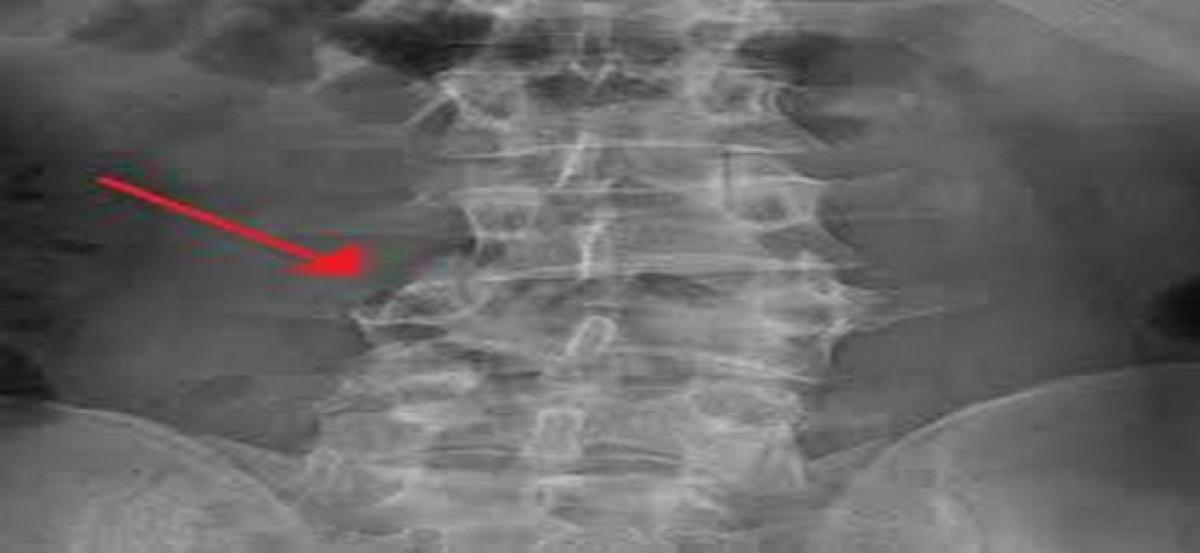Live
- Gold rates in Visakhapatnam surges, check the rates on 20 April 2024
- Gold rates in Vijayawada surges, check the rates on 20 April 2024
- Gold rates in Hyderabad surges, check the rates on 19 April 2024
- YS Sharmila to file nomination for Kadapa Lok Sabha constituency today
- Rains lash parts of Hyderabad bringing respite from heat
- Peddireddi continues tirade against former CM Kiran
- DCA raids three quacks
- ‘Kuppam Gadda-TDP Adda’, asserts Bhuvaneswari
- Never made people regret voting for me: Kishan Reddy
- ‘Garuda Prasadam’ at Chilkur Balaji throws traffic haywire on Moinabad Road









